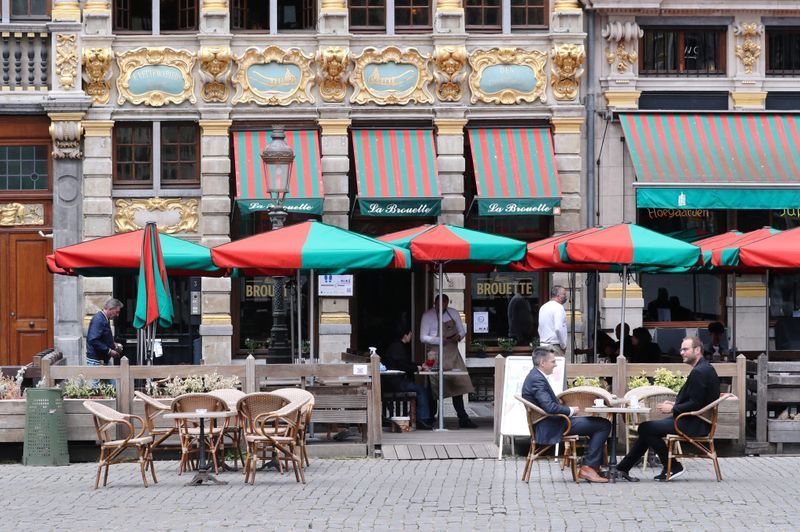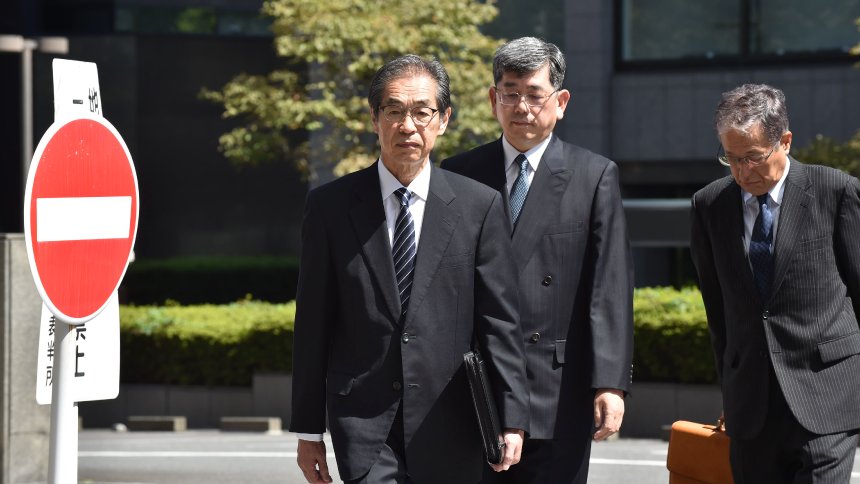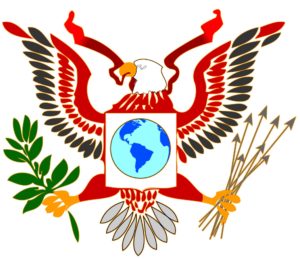Syria accused of torture and 11,000 executions
Syria has systematically tortured and executed 11,000 of its citizens in the three-year war, according to a report by former war crimes prosecutors, who compared the bodies they saw to images of Nazi death camp victims.
The report, commissioned by the government of Qatar and released on Tuesday, examined thousands of pictures said to have been smuggled out by a former military police photographer.
The report shows explicit evidence of starvation, strangulation and beatings, and features pictures of emaciated corpses with livid wounds.
The US said the reports underscored the need to remove the regime of President Bashar al-Assad.
A Syrian spokesman said the report had no credibility as it was commissioned by Qatar, which funds rebel groups.
The report, by three former war crimes prosecutors, is based on the evidence of a defected military police photographer, referred to only as Caesar, who along with others reportedly smuggled about 55,000 digital images of some 11,000 dead detainees out of Syria.
The pictures show … the systematic murder of detainees by starvation, by torture … the mutilation of bodies.
Desmond de Silva, former chief prosecutor of the special court for Sierra Leone.
The report was written by Desmond de Silva, the former chief prosecutor of the special court for Sierra Leone; Geoffrey Nice, the former lead prosecutor in the trial of former Yugoslavian President Slobodan Milosevic; and David Crane, who indicted the Liberian president, Charles Taylor.
It features evidence from a forensic pathologist, an anthropologist who investigated mass graves in Kosovo and an expert in digital images.
De Silva said the report was the "smoking gun" showing evidence of "industrial-scale" killing by the Syrian regime.
The defector, identified only as "Caesar", presented about 55,000 images of 11,000 dead prisoners since the start of the uprising in Syria in March 2011.
The evidence was viewed by forensic experts commissioned by a London legal firm representing Qatar.
The defector claims that the victims all died in captivity before being taken to a military hospital to be photographed.
"The pictures show over a period of years the systematic murder of detainees by starvation, by torture, the gouging out of eyes, the hideous beating of people, the mutilation of bodies," De Silva said.
The report says that all but one of the victims were male. Most appeared to be aged between 20 and 40 and a "very significant percentage" showed evidence of starvation.
The defector "informed the inquiry team that there could be as many as 50 bodies a day to photograph which required 15 to 30 minutes of work per corpse", the report said.
He said the purpose of the photos was firstly to be able to issue death certificates – falsely saying that the victims had died in hospital – and secondly to confirm to the regime that executions had been carried out.
The bodies would then be buried in rural areas.
The authors of the report said they found the informant and his evidence to be credible after subjecting them to "rigorous scrutiny" and have made their findings available to the UN, governments and human rights groups.
The fact that the defector had not claimed to have actually witnessed any of the killings added credibility to his story, they said.
He later escaped from Syria fearing for the safety of his family.
"There came a point a few months ago where he decided that he couldn\’t take it anymore, so he decided to defect and he left. He could well have gone to Qatar, yes," said De Silva.
Crane called the evidence "amazing" and suggested there was a strong case for prosecution.
"Now we have direct evidence of what was happening to people who had disappeared," he said.
US state department spokeswoman Marie Harf said it "underscores that it makes it even more important that we make progress [at Geneva II]. The situation on the ground is so horrific that we need to get a political transition in place, and we need to get the Assad regime out of power."
She added: "Obviously we condemn these reports in the strongest possible terms.
"These most recent images are extremely disturbing; they are horrible to look at and they illustrate apparent actions that would be serious international crimes, and we have long said that those responsible for these kinds of serious violations in Syria must be held to account."
Earlier, UK Foreign Secretary William Hague expressed similar sentiments, telling the House of Commons: "I\’ve seen a lot of this evidence, it is compelling and horrific. And it is important that those who have perpetrated these crimes are one day held to account."
Rupert Colville, spokesman for UN human rights chief Navi Pillay, told AFP: "This report is extremely alarming, and the alleged scale of the deaths in detention, if verified, is truly horrifying.
The release came a day before talks were due to begin in Switzerland aimed at negotiating an end to Syria\’s bloody civil war.
The latest effort to end the brutal and bloody war in Syria opens Wednesday in Switzerland, but experts have little hope for a breakthrough.
U.S. Secretary of State John Kerry and Russian Foreign Minister Sergei Lavrov are leading the talks, along with the United Nations and representatives of the Syrian government and the main opposition.
But Syria\’s main regional ally, Iran, will not be there. U.N. Secretary General Ban Ki-moon canceled Iran\’s invitation when it refused to accept the goal of a transitional government in Syria — one that likely would exclude President Bashar al-Assad.
Lavrov called Ban\’s decision a mistake, but not a disaster. He says Iran\’s presence was essential for success.
Expectations for a breakthrough at the talks are low. President Assad has said he will not give up power.
The peace conference begins as smuggled Syrian police photographs emerged Tuesday. They show sickening images of what are said to be Syrian victims of torture, starvation, beatings and strangulation.
One war crimes lawyer says the pictures remind him of images from Nazi death camps.
State Department spokeswoman Marie Harf says the pictures are extremely disturbing and horrible to look at. She says they illustrate actions that would be serious international crimes.
The conference is seen as the biggest diplomatic effort yet to end a three-year conflict that has left more than 100,000 dead and millions displaced.
Source: Agencies
[do_widget_area inner_adsbar]











